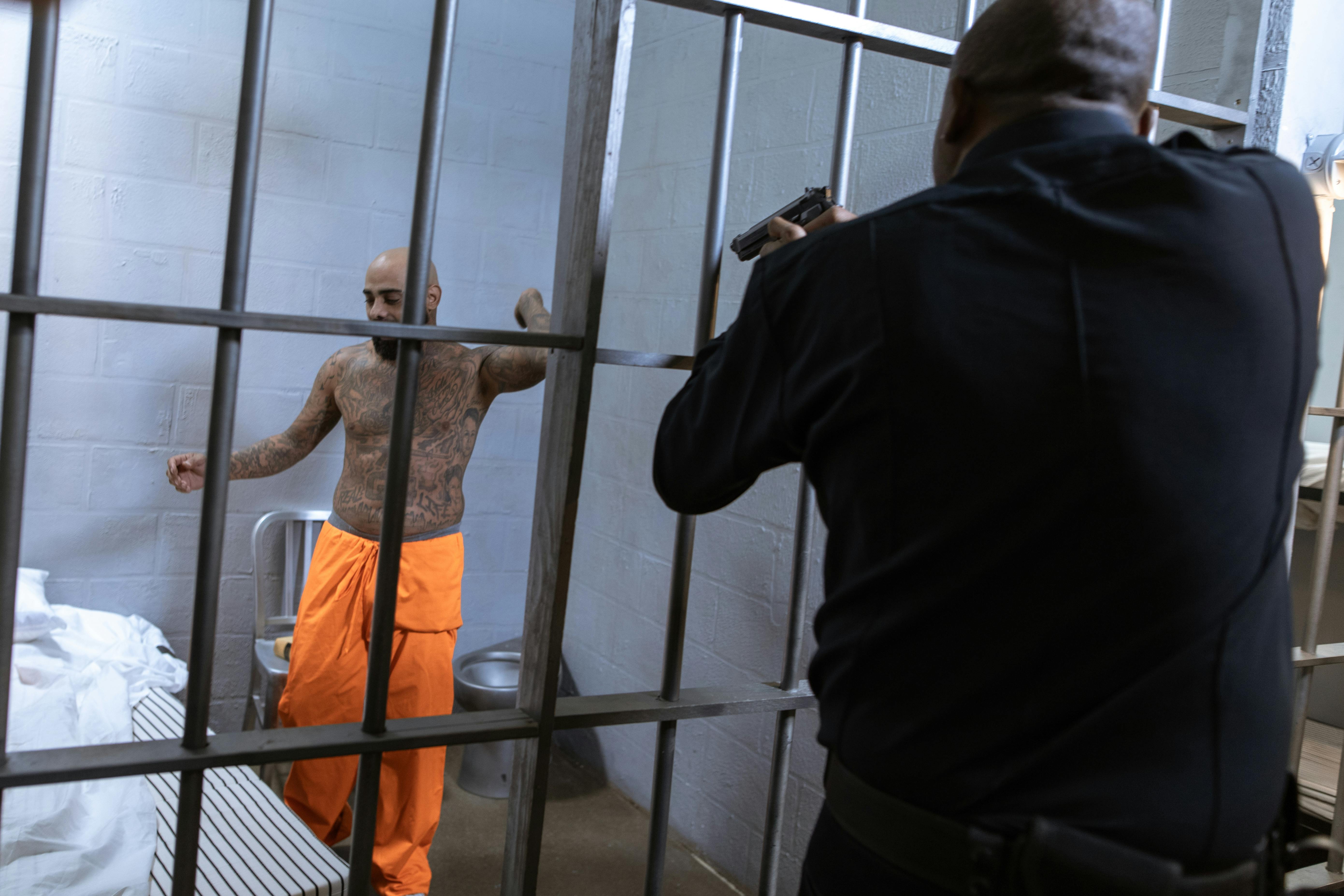Shoebox Dioramas are a part of every school year and in almost every grade they serve as a wonderful learning tool. They are used to learn the arts and crafts of making things and they are also used to learn about subjects. This article shows you some creative ideas from both the arts and crafts aspect and the learning aspect.
The arts and crafts of shoebox dioramas
There are many common ways to make a shoebox diorama and they include tape, glue, construction paper, and all the usual assortment of craft stuff, but there are a few things you can do to make a diorama that little bit special. Here is a list of ideas:
- If you are doing an underwater scene, you can cover the front of the box with Saran Wrap or thin plastic. This gives the diorama an underwater feel.
- Use a string to use the full three dimensions inside the box; suspend objects from strings or tie strings from side to side and top to bottom and attach objects to strings. This works well for flying objects like birds, pterodactyls, or even clouds and stars.
- Cut slits in the back and top of the box and use them to insert objects that you can move around the diorama. Make a bird, boat, kite, or some other kind of moving object, then glue a tab to the back of it. Insert this tab into the slot, then you can grab the tab on the back and slide the item down the diorama. This adds a nice little interactive element. This works well with all sorts of things from a rising sun, a flying bird, an erupting volcano, or anything else that moves.
- Think outside the shoe box! There’s no need to run out and buy a new pair of shoes if you don’t have a shoe box. A more than adequate box can be made from scrap cardboard or even a few cereal boxes cut up and taped together. And there’s no need to make a typical shoebox shape. Be creative in the way you do. Add a dimension of interest to the project. Semicircular amphitheater shapes are commonly used for dioramas and they look great.
- Achieve Depth: The most common trait of your average shoebox diorama is that it has a decorated bottom and objects placed on the bottom surface. You can add an attractive touch by decorating a strip of paper about two inches wide with a foliage pattern, then glue it to the bottom inside of the diorama an inch from the back wall; it comes from the left side to the end. the right side. This adds a lot of depth and makes it look a lot more interesting.
- Use of alternative materials – It is not necessary to use cartons or boxes. As an example, if you are making a diorama of a polar bear or penguin, you could use white packing styrofoam. If you are doing a desert scene, you can apply glue to the bottom of the diorama and spray it with real sand.
Topic ideas and learning tools
The most important point of a shoebox diorama is to show a natural habitat of something. In the process of drawing and cutting out the various objects, a child is learning about the habitat. This is great, but you can take it to new levels with a little thought and a little creativity.
- Freeze a moment in time: A diorama is a moment in time and you can focus on this. Some good examples are that you can have a meteor streak across the sky from a dinosaur diorama; this explains a theory of extinction. Or you can show a large predatory fish about to eat a smaller fish while it is eating something even smaller. This dramatic moment in time is a good example of the food chain.
- Interactions in a Habitat – The focus of a diorama is often to identify and correctly place the correct objects for a natural habitat, but you can take this to a new level by focusing on the interactions within the habitat. The upper layer of the canopy in a rainforest blocks sunlight from the lower layers and this is an important aspect of the rainforest. A coral reef provides shelter for many creatures in the sea and a diorama can show this.
- Adding a fact sheet – This is a great tool to add to every diorama. You should make a handout that can be glued to a poster board and placed near the diorama. The sheet explains the basic facts of what the diorama is all about.
diorama ideas
Here are some ideas that you can use as a theme for your diorama:
- The natural habitat of almost any creature like fish, polar bears, black bears, penguins, wolves, humans, dinosaurs, camels, lions, tigers, monkeys, elephants, dolphins, and hey, you get the idea!
- A desert theme complete with pyramids, mummies, and camels is fun.
- A tropical forest is a good diorama to teach about the diversity and interaction of species.
- A complete astronomy diorama with sun, planets, comets and stars in the background.
- A medieval castle scene complete with catapult or dragon.
- Underwater scenes are always popular.
- Arctic themed dioramas are fun because of the creative options for snow and icebergs.
Whatever diorama you choose to make, you should take a little time to make it different and unique, and there are many creative ways to do it. Have fun with your project!
